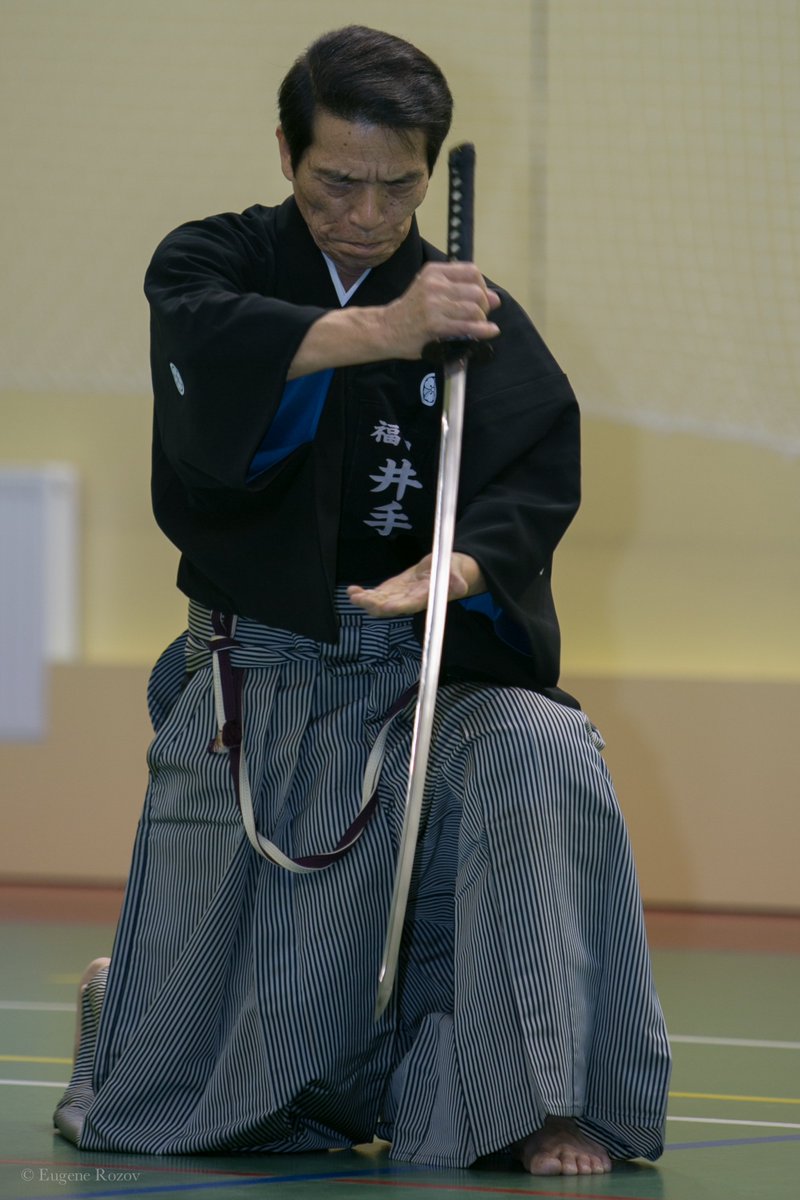
Showing the balls of your feet at a black belt level also would result in an automatic fail. As you get higher in grade these carry more weight so if you were going for 2nd Kyu and above and you forgot the first standing Rae or the Rae at the end it would be an automatic fail. These include a standing Rae and a kneeling bow at the start and kneeling bow followed by standing Rae at the end. Iaido Kata - Nuki Uchi (or Iaido kata 12) - A standing Iaido kataįifty percent of your grading relies on your bow in and out.Iaido Kata - So Giri (or Iaido kata 11) - A standing Iaido kata.Iaido Kata - Shiho Giri (or Iaido kata 10) - A standing Iaido kata.Iaido Kata - Soete Tsuki (or Iaido kata 9) - A standing Iaido kata.Iaido Kata - Ganmen Ate (or Iaido kata 8) - A standing Iaido kata.Iaido Kata - Sanpou Giri (or Iaido kata 7) - A standing Iaido kata.Iaido Kata - Morote Tsuki (or Iaido kata 6) - A standing Iaido kata.Iaido Kata - Kesa Giri (or Iaido kata 5) - A standing Iaido kata.Iaido Kata - Tsuka Ate (or Iaido kata 4) - a sitting kata.Iaido Kata - Uke Nagashi (or Iaido kata 3) - a sitting kata.Iaido Kata - Ushiro (or Iaido kata 2) - a sitting kata.Iaido Kata - Mae (or Iaido kata 1) - a sitting kata.Kendo), please visit the main Katas section. If you are searching for information on other katas (i.e. There are 12 Seitei Iaido Katas (4 sitting katas and 8 standing katas). Tate-hiza – seated position more advanced than seiza used in the Chuden and Okuden kugesa katas.The Japanese martial arts of Iaido relies heavily on katas (forms) in order to teach basic movements and striking techniques. The Shoden kata uses seiza as a starting position. Waki no-kamae – sword behind and slightly below or above horizontal plane depending on the side Hasso no-kamae – sword held upright at side of face Gedan no-kamae – sword in front held about 60 degrees below the horizontal plane Kamae – standing positions with sword drawnĬhudan no-kamae(also called segan) – sword in front, held about 30 degrees above the horizontal plane Okuden kugesa starts from a seated position. Okuden – third tradition or kata of Muso Shinden Ryu style. Shoden – first tradition or kata of Muso Shinden Ryu styleĬhuden – second tradition or kata of Muso Shinden Ryu style Iaido techniques are grouped into forms or katas, for example: Sometimes a deflection called uke nagashi is part of the intial drawing of the sword. Shinken – a metal sword with a cutting edgeĪll Iaido techniques are comprised of the following four parts:ģ) chiburi – removing blood from the blade Iaito – a metal sword without a cutting edge Ryu – system of Japanese martial art or cultural art Iaido – the way of Japanese sword drawing In addition to being proficient in several other martial arts, Kanai Sensei was a master in Iaido, the Japanese martial art of sword drawing. For almost forty years he traveled all over North and South America, Europe and Asia teaching Aikido seminars. He was instrumental in the founding of the United States Aikido Federation(USAF) and served as USAF technical director. Shaolin Dan Dao (Single sabre technique) Daito-ryu: from kenjutsu to jujutsu. A shihan (grand master) in Aikido, Kanai Sensei was chief instructor at NEA from 1966 until his death in 2004. No Video Found Samurai Miyamoto Musashi documentary. He was sent by Aikido World Headquarters to Boston, where he founded New England Aikikai (NEA) in 1966. From 1966 to 2004 Kanai Sensei was chief instructor of New England Aikikai in Cambridge, Massachusetts. Mitsunari Kanai (1939-2004) was an uchideshi or live-in student at Hombu Dojo in Tokyo, Japan and trained under Morihei Ueshiba, the founder of Aikido, for eight years from 1957-1965. Those interested in starting Iaido are welcome to come watch a class on Mondays and Wednesdays 5-6pm or Saturdays 9-10am.Īt Portland Aikido we follow the teaching of Mitsunari Kanai Sensei and his interpretation of the Muso Shinden Ryu style in addition to forms from other Iaido styles.

Permission of the Iaido instructor is required. Most students practice Aikido for at least 6 month or are training in another martial art before starting Iaido.

Beginners and intermediate students use an iaito, a metal sword without a cutting edge. Iaido practice is done wearing a hakama, pleated flared trousers, and with a metal sword. Emphasis on etiquette, repetition, proper posture, breathing and timing makes Iaido physically and mentally rigorous.


Some techniques begin from a kneeling position, some from a standing position and most end with the practitioner standing. Each of these techniques consists of drawing a sheathed sword, making one or more cuts and then re-sheathing the sword. It is organized into groups of prescribed movements which are practiced without a partner.
#IAIDO STYLES SERIES#
Iaido is a traditional Japanese martial art whose origins date back to the 16th century. aido is a series of mostly solo kata that train a person in mindfulness, precision and economy of movement, utlising the explosive ki, mastering correct.


 0 kommentar(er)
0 kommentar(er)
